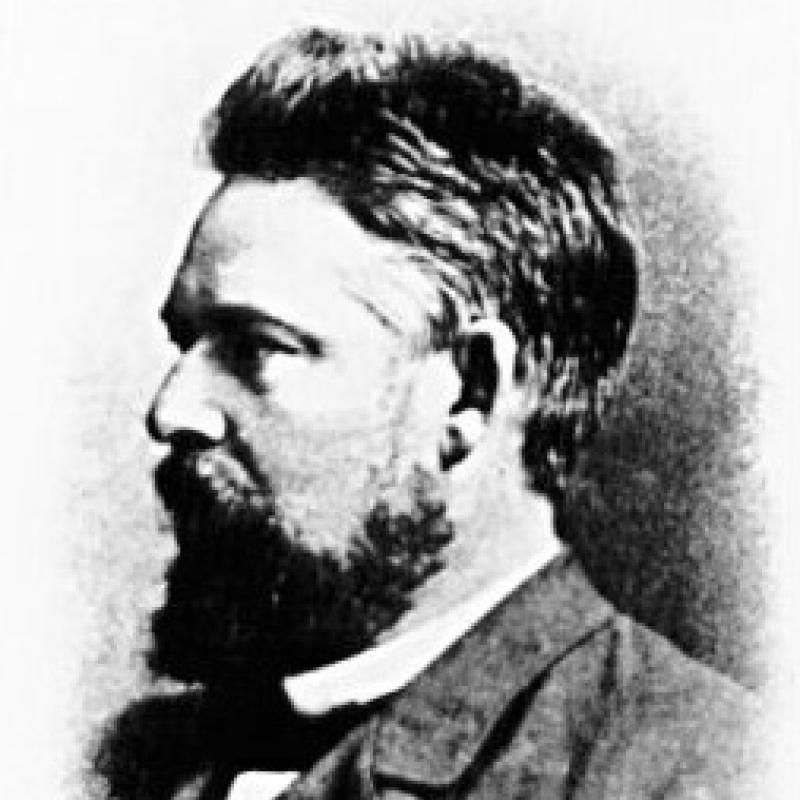Maximilian Franz Joseph Cornelius Wolf

1930 Bruce Medalist
Date of Birth:
Date of Death:


Date of Birth:
Date of Death: